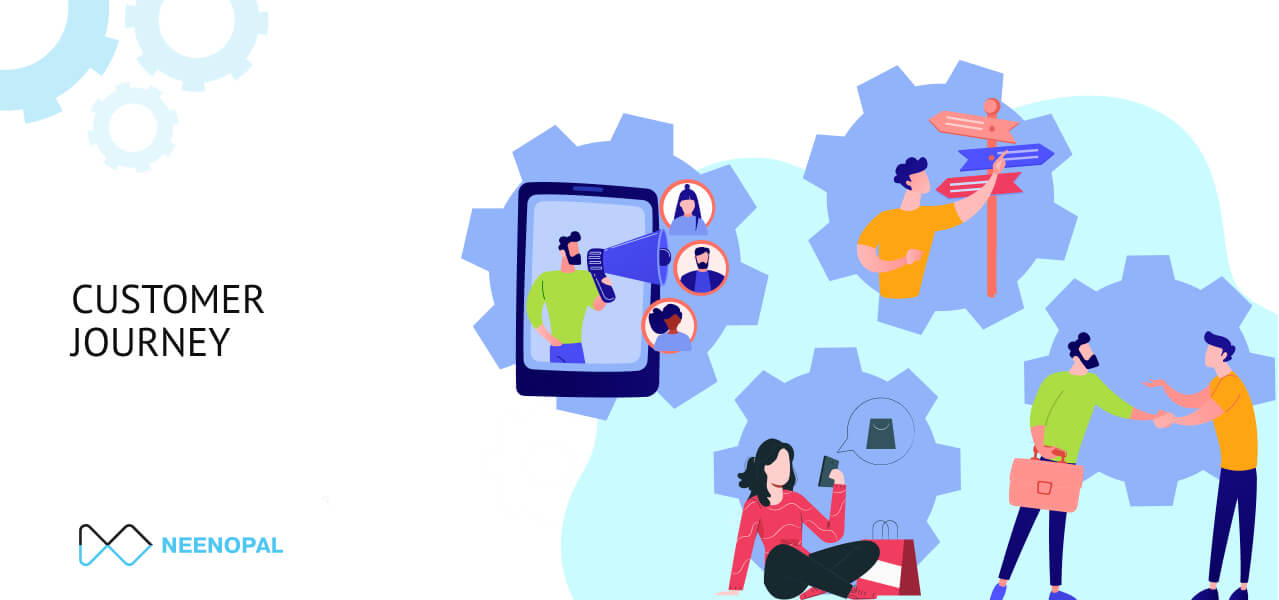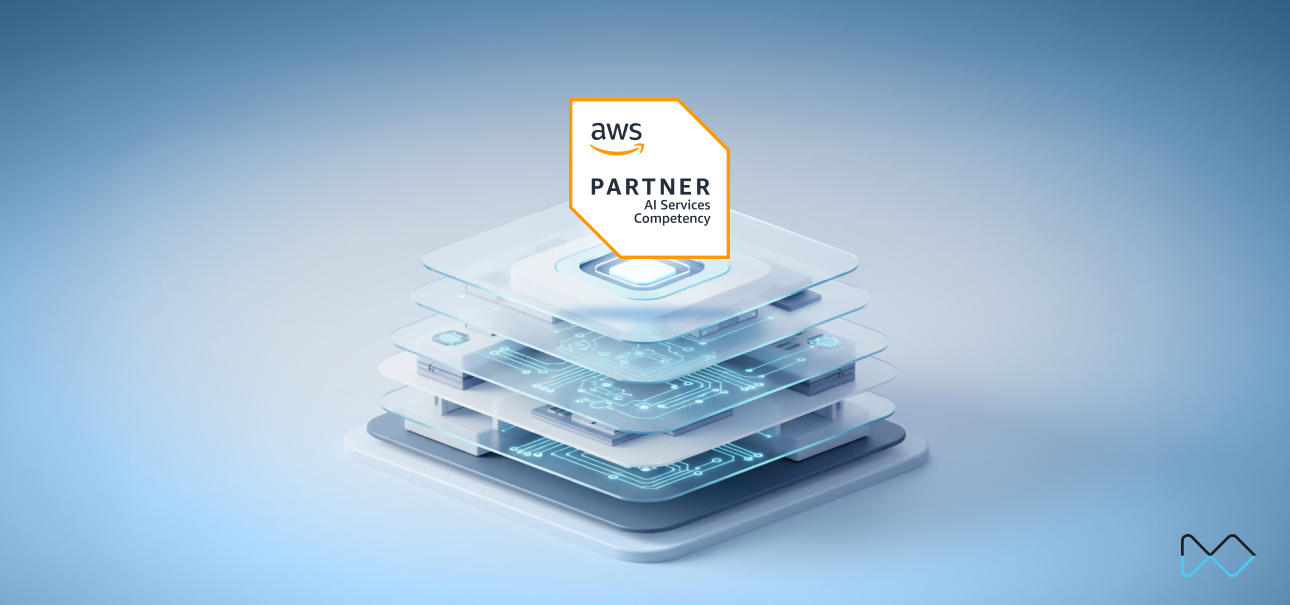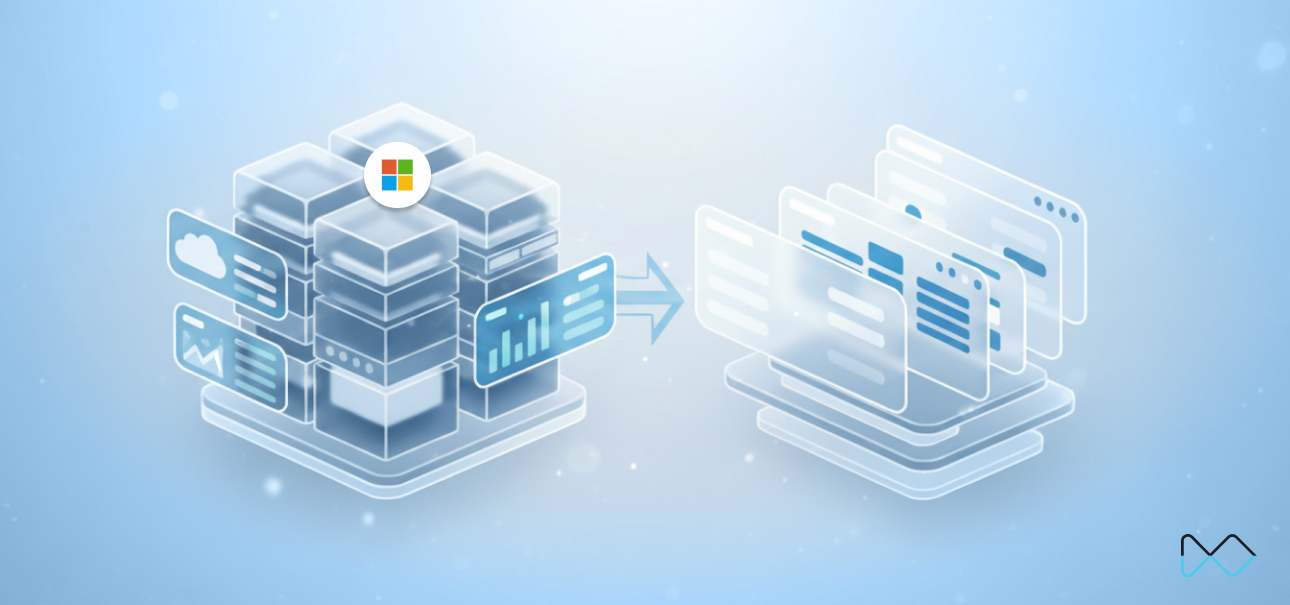Customers nowadays have a plethora of options to choose from.
The product and its features are not the only criteria they consider while comparing the sellers; it includes convenience, support and post-purchase assistance, response to their feedback, ease of multichannel shopping, and the coupons and discounts offered. The customer journey in E-commerce describes the entire process the customer goes through, from the time he hears about the product till the time he makes a product purchase and remains a loyal customer to your brand. Tracking this journey helps the business build a long-lasting and trustworthy relationship with the customers.
It helps identify the high and low points for the customers in the system, enabling the business to provide a more enriched customer experience. The insights from the customer journey could help the business identify their target customers and refine their marketing strategy to move them down the sales funnel. The customer journey can be summarized in the below five questions:
- When do customers first come to know about the brand?
- When do they purchase?
- What products did they purchase?
- When do they leave?
- Are they happy enough to stay with the brand?
The dashboard has five tabs corresponding to the stages in the customer journey.
- Customer Discovery : In this step, we analyze where the customers are coming from, how successful the channels are in attracting customers, and how the customer interacts once on the website.
- Customer Acquisition : Here, we look at the customer acquisition trend and the sales evolution with it.
- Product Purchase trend : This dashboard tracks the products that are likely to attract newly acquired customers.
- Customer Retention : This tab checks how successful the business has been in retaining the customers, how many have become inactive users, and how many have upgraded themselves to premium users.
- Customer Satisfaction : It drills down to understand the customer satisfaction with each aspect in the entire shopping process – the website, the payment gateway, shipping & delivery, and post-purchase customer care. Only if the customer is satisfied, the firm can retain them.
Customer Discovery
Customers might hear about the brand from social media websites and influencers, online advertisements, emails, webinars, or other popular channels. In this dashboard, we track the customer journey, from the moment they hear about the brand to their first purchase.
|
Goals |
Questions to ask |
Dashboard views |
|---|---|---|
|
Assess the effectiveness of the current system |
Of the total sessions, how many got converted to transactions? How many carts were abandoned before and during the checkout process? |
Visitor to Customer Conversion |
|
Assess the current marketing strategy |
Which channel brought in maximum visitors? |
Customer by Source |
|
Design marketing budget |
Which channel performed the best in conversions? |
Performance metrics by channel |

- “Where did the customer first hear about us?” This gives the source of the visitors - which channels were able to bring in maximum visitors to the website. This also shows the success of the advertisement campaigns in these channels.
- Visitor to Customer Conversion explains the customer's journey from the moment they land on the website till they purchase/leave. When more people leave this funnel at a particular stage, say without adding products to the cart, it could suggest that the company needs to improve their website to make the visitors stay or need to showcase their products better. Similarly, this funnel helps the business assess its performance at each stage.
- Customers by source tells which source has been successful in bringing maximum customers. This could help the company assess if the spending on each of these sources was justifiable.
- Performance metrics by channel gives a detailed comparison of sources in terms of user engagement and revenue generation. The insights from this dashboard could help in deciding where more focus needs to be given while planning future marketing strategies and budgets.
Customer Acquisition & Product purchase trend
Customer Acquisition report tracks the effectiveness of the current customer acquisition strategy by monitoring the customer base growth, acquisition cost, and sales turnover of the new customers. It tries to identify opportunities in accomplishing the below goals:
- Assesses the effectiveness of current acquisition strategy
- Understand the sales evolution per year(month) of acquisition
- Tracks the value of the new customer
Product purchase trend report tries to understand the products that the newly acquired customers prefer and how it varies with the preference of the existing customers. It also looks into how this product preference has changed over the years.
Key Terms:
- CAC or Customer Acquisition Cost gives the cost of acquiring a new customer. It includes the money spent on advertising and other marketing activities, sales commissions, cost of trial products, etc.
- LTV or Lifetime value of a customer is the total amount the customer contributes to the business during his/her entire relationship with the company.
- CAC/LTV ratio is an important E-commerce metric that compares the value of a customer over his/her lifetime with the cost of acquiring him/her. Ideally, a value greater than three is considered good.
- Customer Base Growth Rate is the rate at which the customer base grows during the selected time period.
|
Goals |
Questions to ask |
Dashboard views |
|---|---|---|
|
Track the impact on customer base growth |
When and how many new customers were acquired?How is the customer acquisition trend over time? |
Customer Acquisition TrendNew Vs. Existing Customers |
|
Assesses the effectiveness of current acquisition strategy |
Is the current CAC good for business? |
CAC Vs. Sales, LTV/ CAC |
|
Track the impact on sales |
Are the newly acquired customers contributing more than existing customers to sales? How does this change over the years? |
Sales Evolution of Customer Acquisition |
|
Understand purchase trend of existing customers |
Which are the products bought by the existing customers, in decreasing order of revenue? |
Products by ExistingProducts by New |
|
Identify the acquisition products |
Which product was bought by the maximum number of customers in their first purchase? Which are the products that bring in more customers? |
Acquisition Product purchase trend, Acquisition Product purchase summary |
- The Customer Acquisition trend shows how successful the acquisition strategy has been over the years. It shows the number of customers acquired in each year.
- Comparing the customer's contribution over his/her lifetime with the amount spent on acquiring them enables the company to decide on acquisition cost. Having a very high CAC with a low LTV is not desirable. If the LTV/CAC ratio is less than one, the company is in a difficult spot and needs to reduce the CAC.
- Understanding the contribution of new and existing customers is important to ensure the business is not losing on the customers after their first purchase.
- Identifying the acquisition product (product bought on first purchase) is important to formulate future acquisition and marketing strategies. These products could bring in more customers with similar profiles and hence need to be promoted further.
- Comparing the products preferred by the existing customers and those by new customers gives insights for customer-based product promotions.
Customer Retention & Satisfaction
It's just as important to understand why a journey ended as knowing how it started. Happy and returning customers are the key to a successful business. Customer satisfaction leads to retention and has an indirect impact on revenue and profits.
The dashboard first looks into the current customer retention ratio and the churn rate. It further brings together the most important parameters for customer satisfaction and allows the business to assess where they stand in terms of customer satisfaction. It assists the business in achieving the below goals:
- To understand the company's overall performance from the customer's point of view
- To recognize the level of customer satisfaction in each stage of the purchase process.
- To compare churn rate with retention rate to plan the strategies for lowering the former.
Key Terms:
- RCR or the Repeat Customer Rate is the percentage of customers who have made at least two purchases during the time period.
- MRR or the Monthly Recurring Revenue is the predictable revenue that the business is expected to earn every month.
- CAC/LTV ratio is an important E-commerce metric that compares the value of a customer over his/her lifetime with the cost of acquiring him/her. Ideally, a value greater than three is considered good.
- NPS or Net Promoter Score assesses consumers' willingness to recommend the company to others. It is used as a metric for determining the customer's loyalty to the brand.
| Goals | Questions to ask | Dashboard views |
|---|---|---|
|
Understand the customer churn |
How many customers did the company lose during the selected time period? |
Churn Vs. Retention, Retention Rate, Customer churn |
|
Identify the risky customers |
How many customers have become inactive over time? |
Customer by status |
|
Identify the increase in premium customers |
How many customers upgraded into the premium category? |
Retention Vs. Upgrade trend |
|
Track customer spending |
How is the MRR changing over time? |
MRR Growth |
|
Assess the effectiveness of the current system |
How likely are the customers to recommend your company to others? |
Intent to Recommend, NPS |
|
Assess the system at every stage |
How is customer satisfaction at different points of purchase? |
Customer Satisfaction At stages |
- Identifying the risky customers help in planning strategies focussing on retaining them. It could also help in identifying issues that lead to customer churn.
- MRR becomes important to E-commerce with the introduction of features like "Subscribe and Save", wherein the user subscribes for a monthly/fortnightly replacement of a fixed product and receives a discount on this.
- NPS is a direct indicator of the health of the business – whether the current customer retention programs are successful or the company needs to kick off programs to increase its advocates. It tells which clients require an extra boost to become loyal, thereby helping in planning the future strategies to target this group. It gives an insight into how the customers view or perceive the brand.
- For an E-commerce transaction, the customer first visits the website, then proceeds with payment, waits for the product to be delivered and contacts the customer service in case of any concerns. Breaking down into these four interaction points is necessary to understand which specific sector needs improvement.
Conclusion
Understanding the customer journey is critical for proactive customer service. It also helps in formulating plans specific to a particular customer category. The insights from the dashboard help the business in becoming more customer-centric and raise the loyal customer base.





